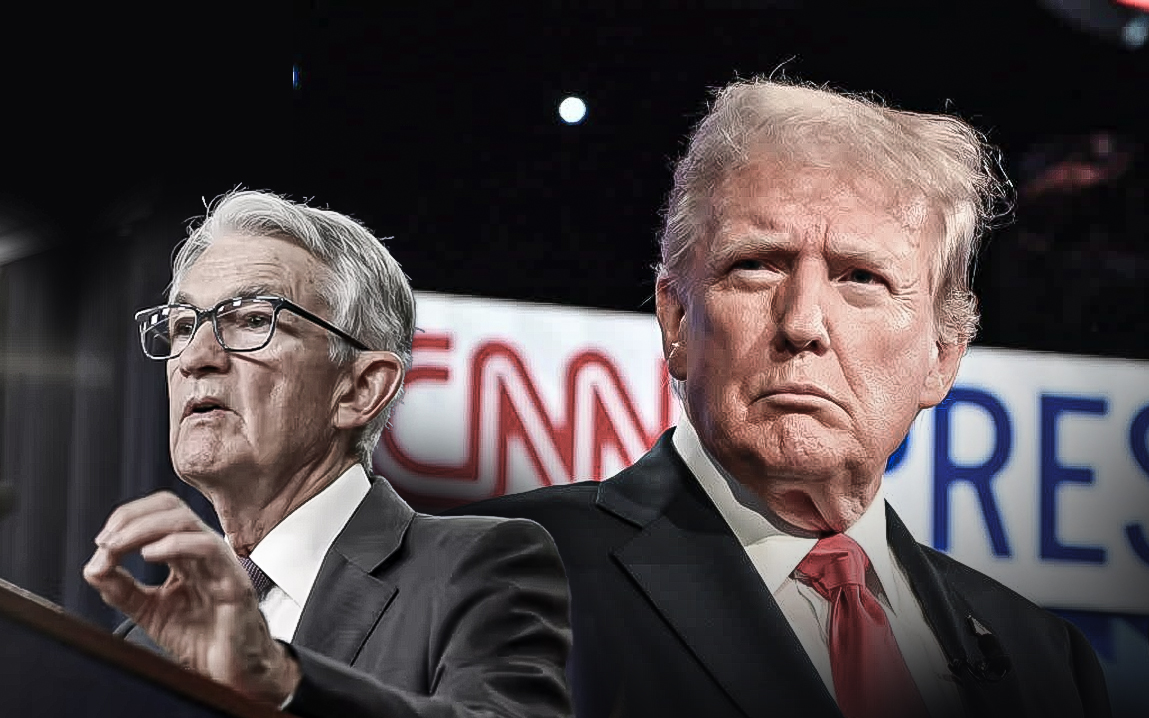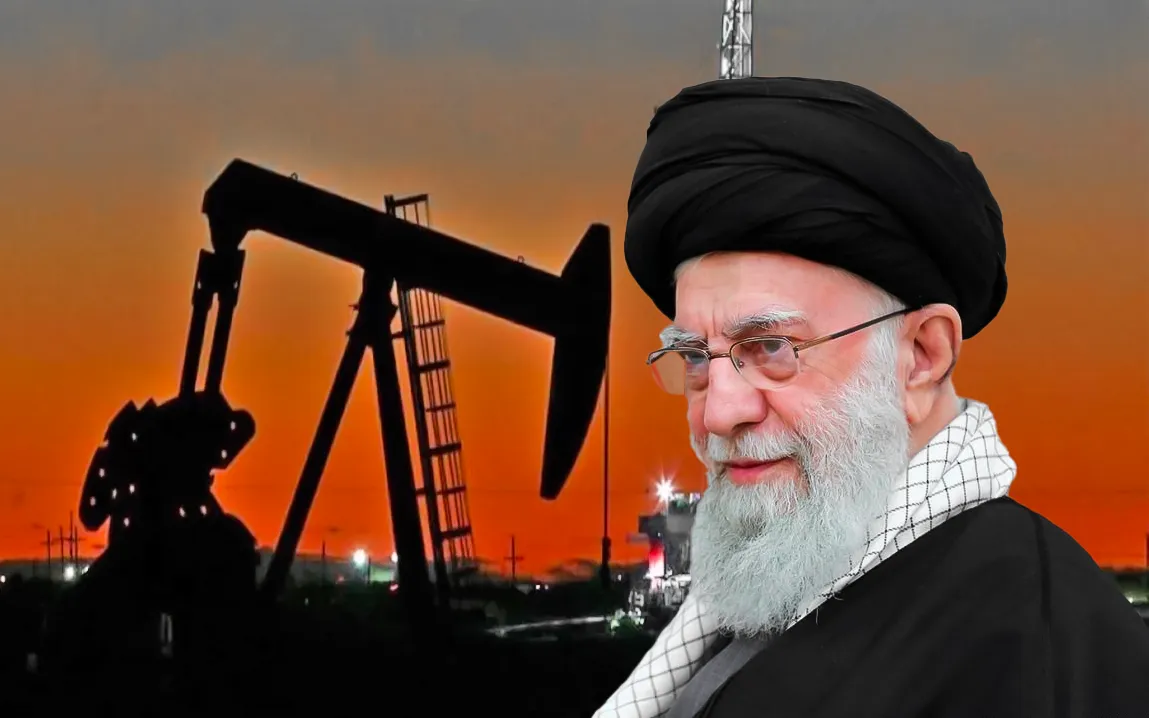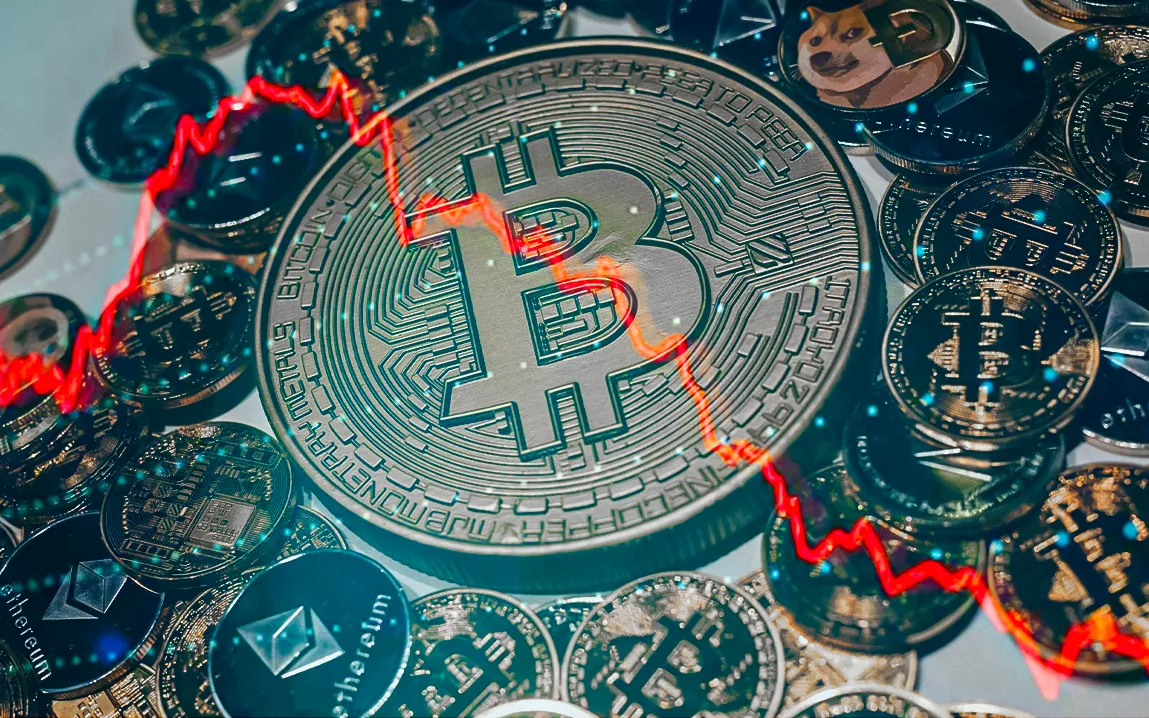The Tariff Storm Begins
On April 2, 2025, President Donald Trump declared a “national emergency” to address what he described as a “large and persistent US trade deficit,” enabling him to impose a 10% tariff on all imports to the US, effective April 5, 2025. He also announced higher tariffs for 57 countries and territories set to begin April 9. The White House added that these tariffs will be in addition to current measures on Chinese imports, and an effective tariff rate of 54% on Chinese goods will be incurred after April 9, 2025.
Trump framed these actions as a way to hold countries accountable for contraband drug trafficking and illegal immigration while supporting domestic manufacturing. He later imposed a 25% tariff on imported steel, aluminum, and automobiles from all countries, with tariffs on auto parts expected to follow.
Powell’s Cautionary Response
Federal Reserve Chair Jerome Powell responded to the sweeping tariffs with measured concern. In a speech at the Economic Club of Chicago, Powell stated, “The tariffs are larger than forecasters expected, certainly larger than we expected in our upside case.” He added, “Our role is to make sure this will be a one-time increase in prices and not something that turns into an ongoing inflation process.”
Powell emphasized the Fed’s commitment to its dual mandate of maintaining stable prices and maximum employment. He noted that the inflationary effects of the tariffs might be temporary but could also be more persistent, echoing concerns from recent Fed meetings.
Trump’s Escalating Criticism
Unhappy with the Fed’s stance, President Trump intensified his criticism of Powell. On April 17, 2025, he posted on Truth Social, stating, “Powell’s termination cannot come fast enough!” He accused Powell of “playing politics” and failing to lower interest rates amid rising inflation and economic concerns stemming from Trump’s tariff plans.
Trump hinted at trying to push Powell out, even while there are questions over his legality and constitutionality of doing so. Powell’s four-year term doesn’t run until May of 2026 and says he will not step down early and remains dedicated to the Fed maintaining policy independence.
Market Reactions and Economic Implications
The financial markets responded adversely to the growing tensions and tariff impositions. The Dow Jones Industrial Average took a sharp fall, closing 700 points lower, while the S&P 500 and Nasdaq Composite lost 2.24% and 3.07%, respectively.
Big players such as Shein, Target, Ford, and Walmart also said they would increase prices as a result of the new tariffs. Shein and Temu blamed higher operating costs for invoking the tariffs, while others, such as Best Buy and Columbia Sportswear, indicated that the costs would most probably be passed on to consumers. Automakers such as Ford and Volkswagen signaled that car price increases are around the corner unless they are exempted.
The Broader Debate
The tension between President Trump and Fed Chair Powell represents a bigger debate about the trade-off between political pressure and central bank independence. Trump is advocating for strong trade policy and near-term economic stimulus, whereas Powell is warning against these and the importance of prioritizing the long-term health of the economy.
As things unfold, the world watches with great interest, aware that the outcome will have long-term consequences not only for the U.S. economy but also for global financial stability.



